
Continue reading

Continue reading

Using the Hubble Space Telescope, a team of astronomers recently observed a bright disk around a black hole that defies astronomical models.
Continue reading

A team of researchers have shown how the basic building blocks of life could have arose on a primordial Earth, bringing us one step closer to resolving the mystery of abiogenesis.
Continue reading

Continue reading
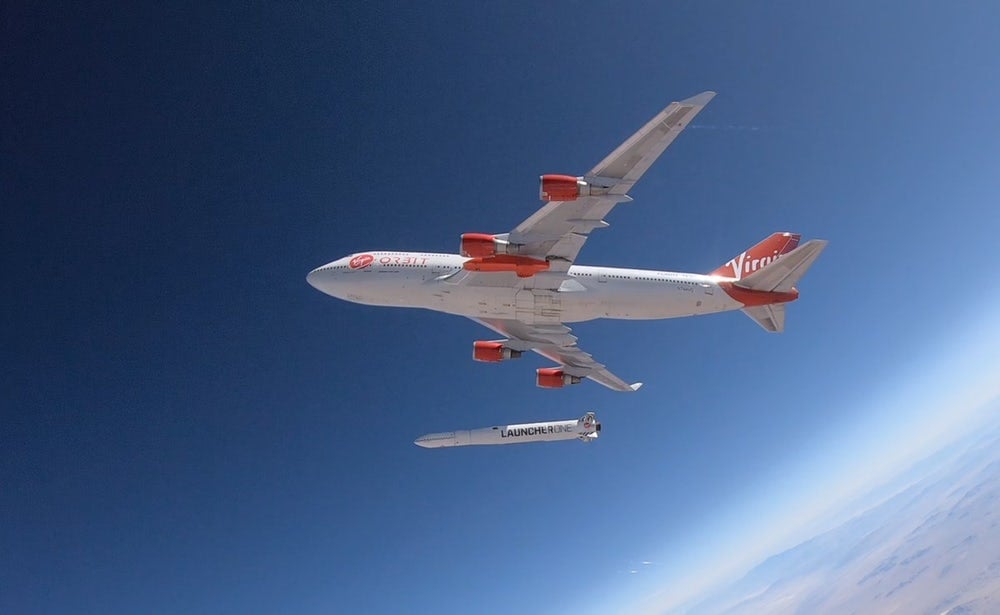
Virgin Orbit achieved a milestone with a successful drop test of their LauncherOne rocket. Once complete, this system will deliver satellites to orbit for less money.
Continue reading

Continue reading
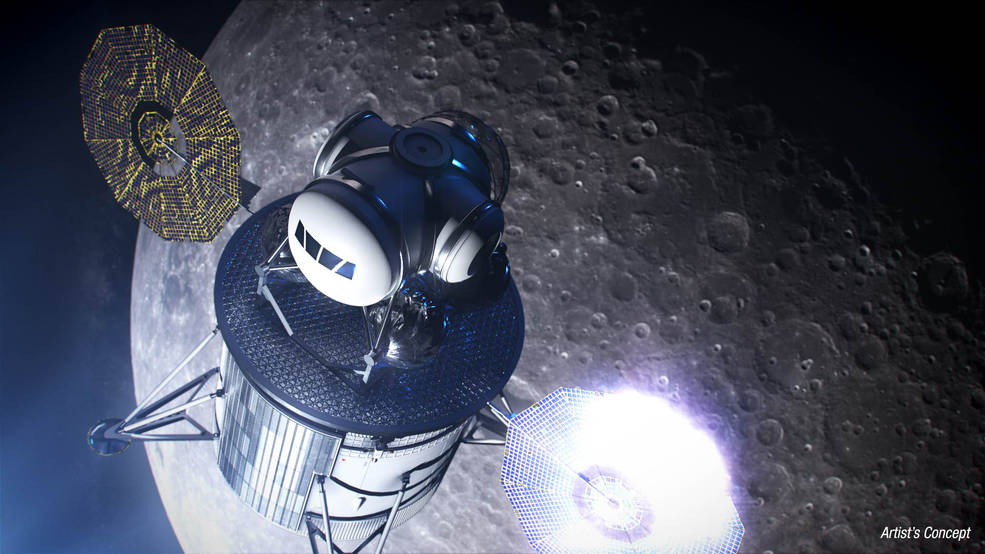
NASA is experiencing a shake-up, as evidenced by the recent announcement that two longtime program leaders have been demoted.
Continue reading

Continue reading

A NASA and NSF-supported study by an MIT geophysicist indicates that carbon emissions could push the Earth's oceans past a "threshold", leading to a possible mass extinction.
Continue reading

Continue reading

A satellite tracker from The Netherlands recently spotted and photographed the USAF's elusive and top-secret X-37B space plane.
Continue reading

Continue reading

The Planetary Society recently launched its LightSail 2 technology demonstrator, which could prove to be an effective means of propulsion for CubeSats
Continue reading

Continue reading

Continue reading

Continue reading

Continue reading
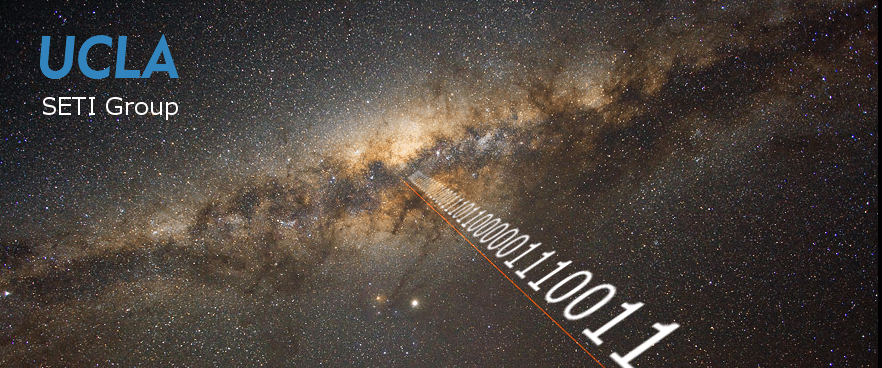
Continue reading

NASA recently conducted their second test of the Orion's Abort Launch System (ALS), bringing them one step closer to returning to the Moon in 2024.
Continue reading
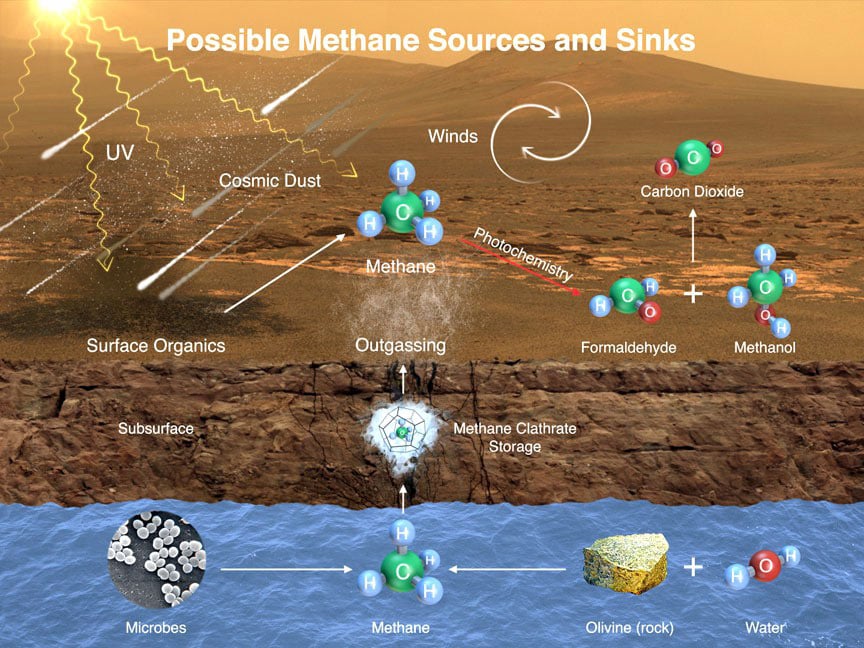
A new study from Aarhus University offers new insight into what is making Mars' methane "disappear" - with serious implications in the search for life.
Continue reading

TESS recently discovered a three-planet system orbiting a red dwarf star 35 light years away, increasing the number of rocky planets orbiting nearby stars.
Continue reading

Continue reading

Continue reading

Continue reading

In honor of the 50th Anniversary of the Moon Landing, a Harvard Professor and former White House science advisor recommend that the US government remain invested in research and space exploration.
Continue reading

Continue reading

Continue reading

Continue reading

Continue reading

NASA's Psyche mission is sure to find some interesting things when it explores a metal asteroid, like quadrillions of dollars worth of precious metals!
Continue reading
Continue reading

Continue reading
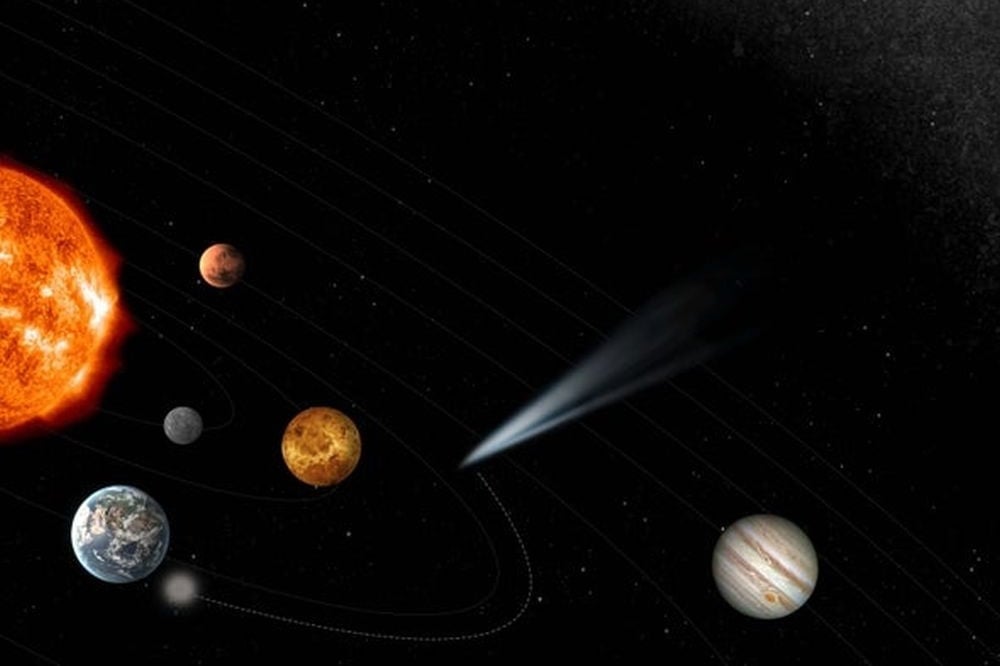
Continue reading

Continue reading

An Australian-led research effort has managed to pinpoint the location of the first non-repeating Fast Radio Burst, which could have immense implications for astronomy.
Continue reading

Continue reading
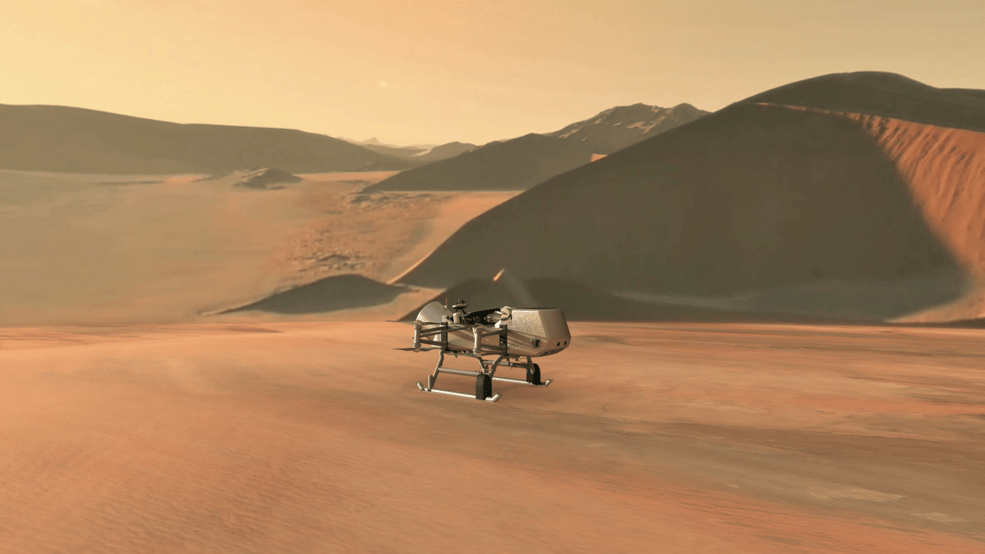
Continue reading

A team of French scientists recently claimed to have created metallic hydrogen in a laboratory, a claim which is triggering both enthusiasm and skepticism
Continue reading

Continue reading

You couldn't order up a geekier celestial scene from the cosmos. Next Tuesday on July 2nd, the second of three seasons begins for 2019, with the only total solar eclipse of the year spanning the southern tip of South America, including the nations of Chile and Argentina. As an extra-special part of the spectacle, however, the path of totality for the eclipse passes right over the La Silla observatory complex in the Atacama Desert.
Continue reading

At this year's Global Trajectory Optimization Competition (GTOC), a team from the ESA presented a model for how humanity could settle the Milky Way galaxy.
Continue reading

Continue reading
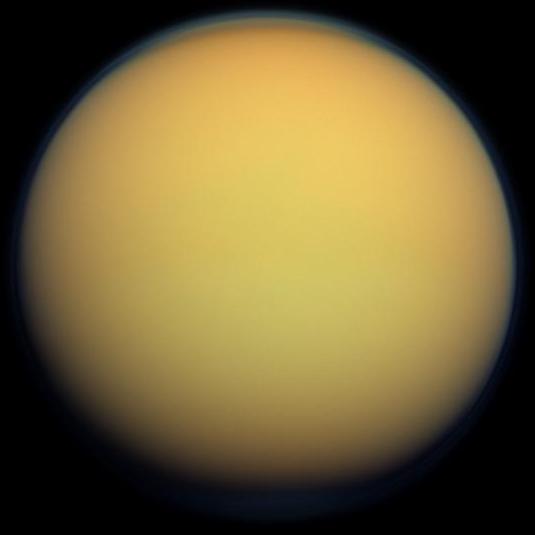
Continue reading

Continue reading

NASA and its partner organizations are launching the "Name that Rover" competition, which gives students from all over the US a chance to name the Mars 2020 rover.
Continue reading
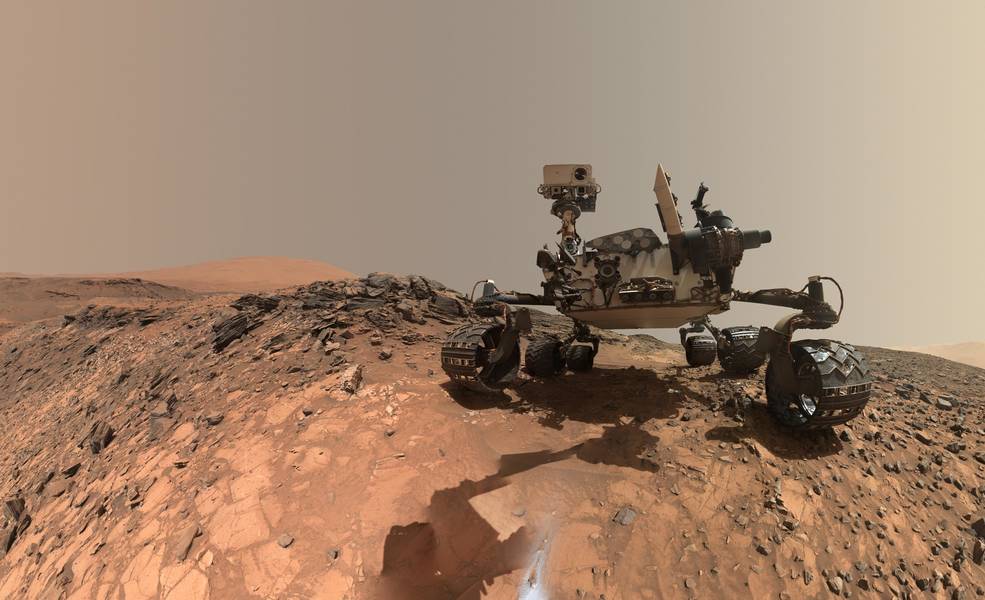
The Curiosity rover has detected another methane plume on Mars, once again raising the issue of whether or not there could be life somewhere beneath the surface.
Continue reading

Continue reading

Continue reading
Continue reading
















































